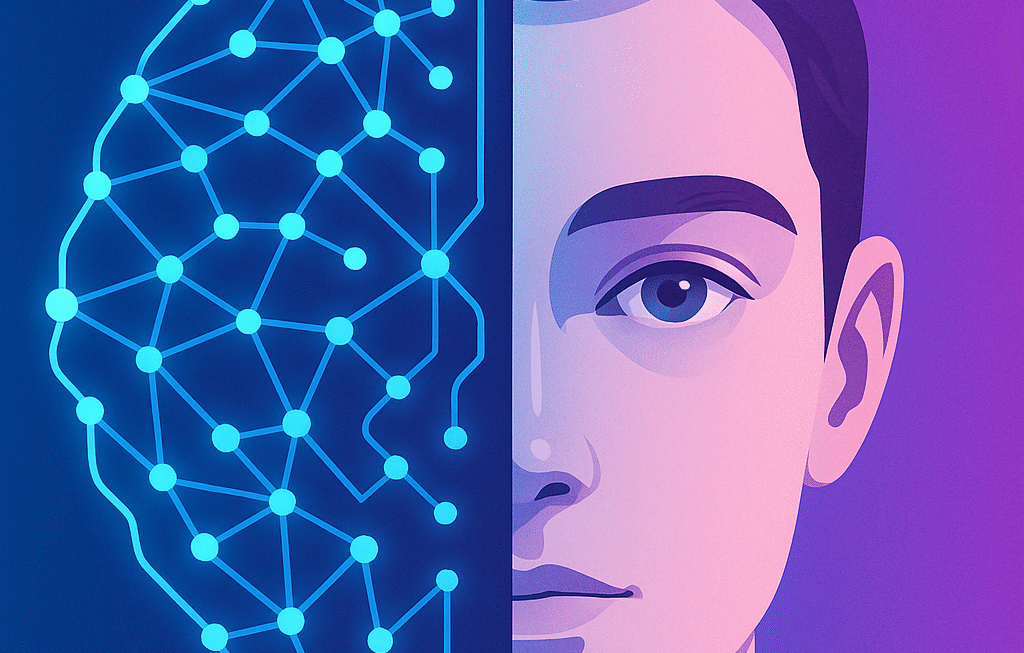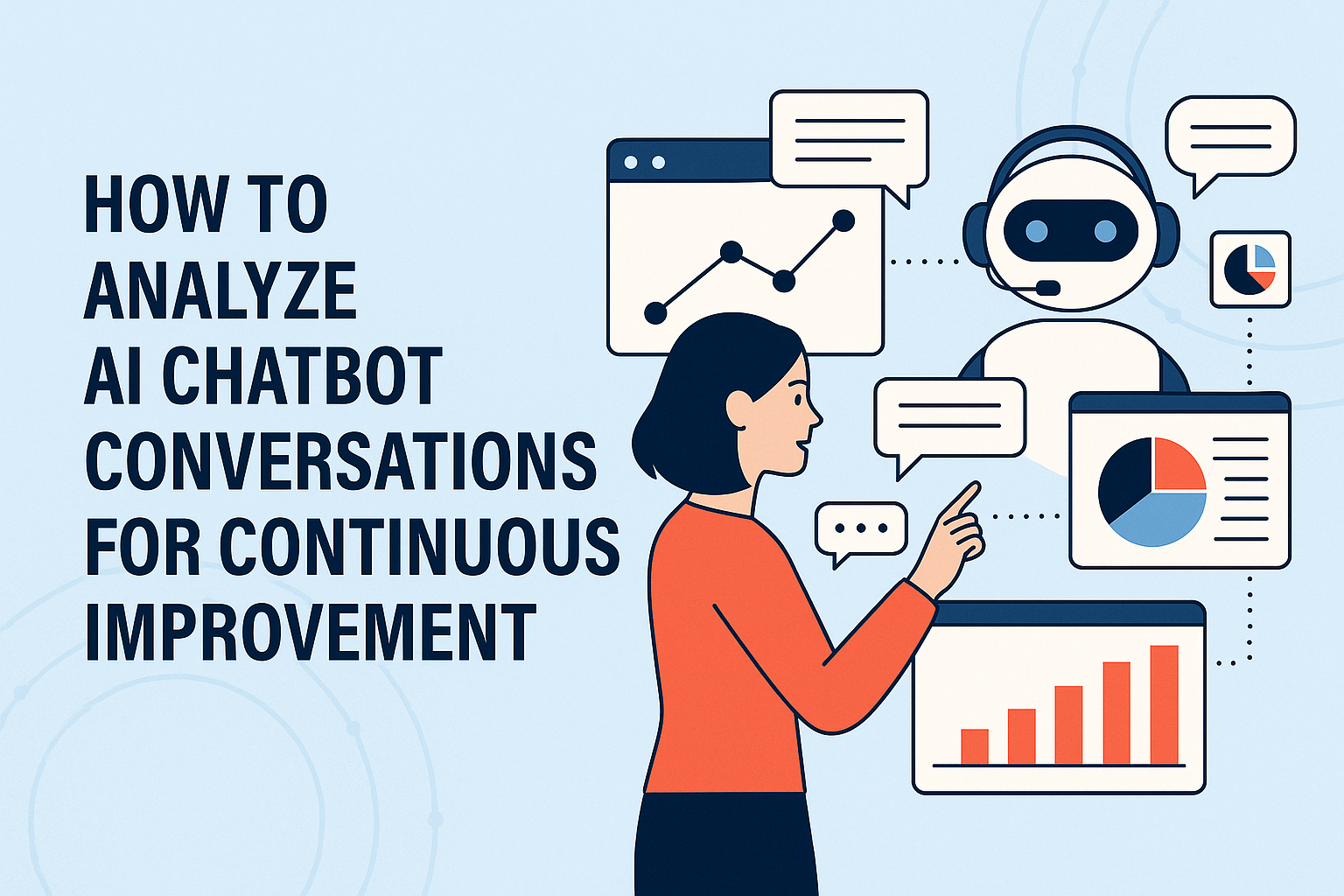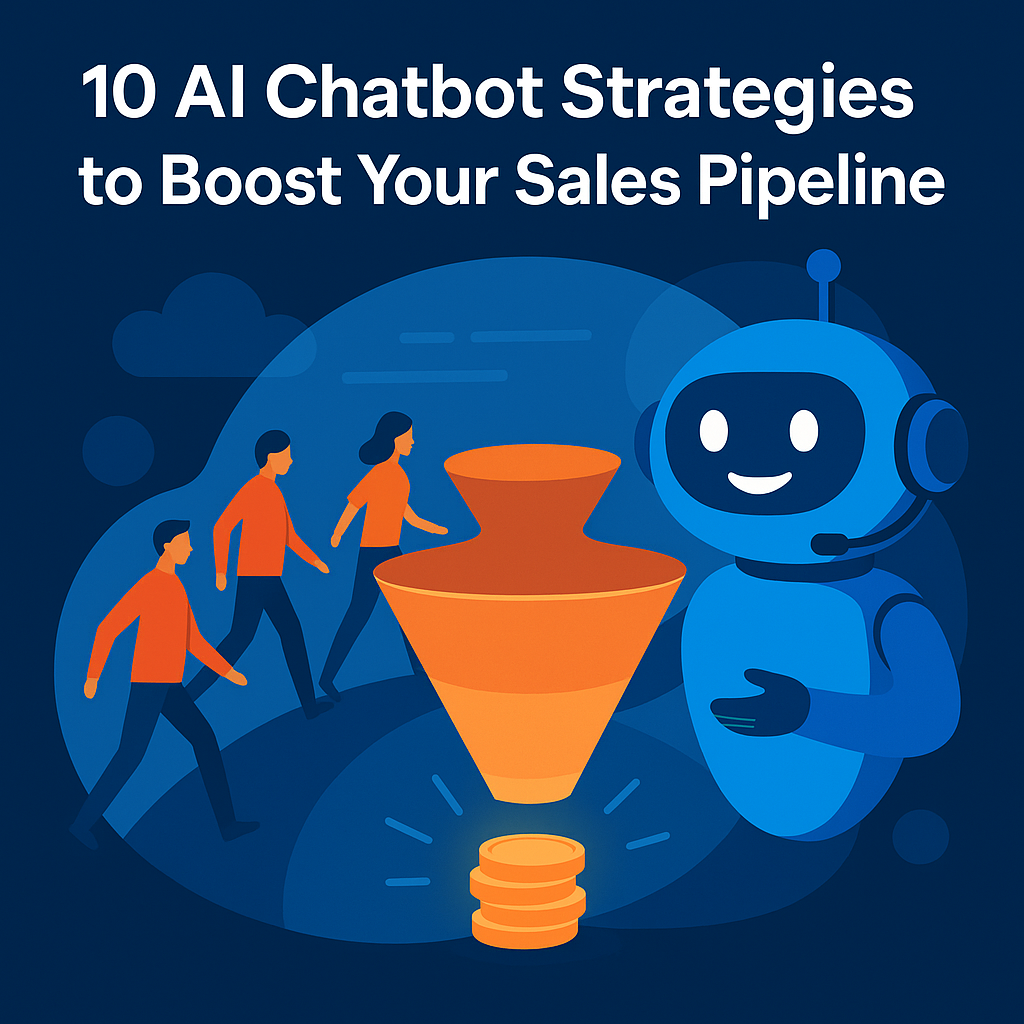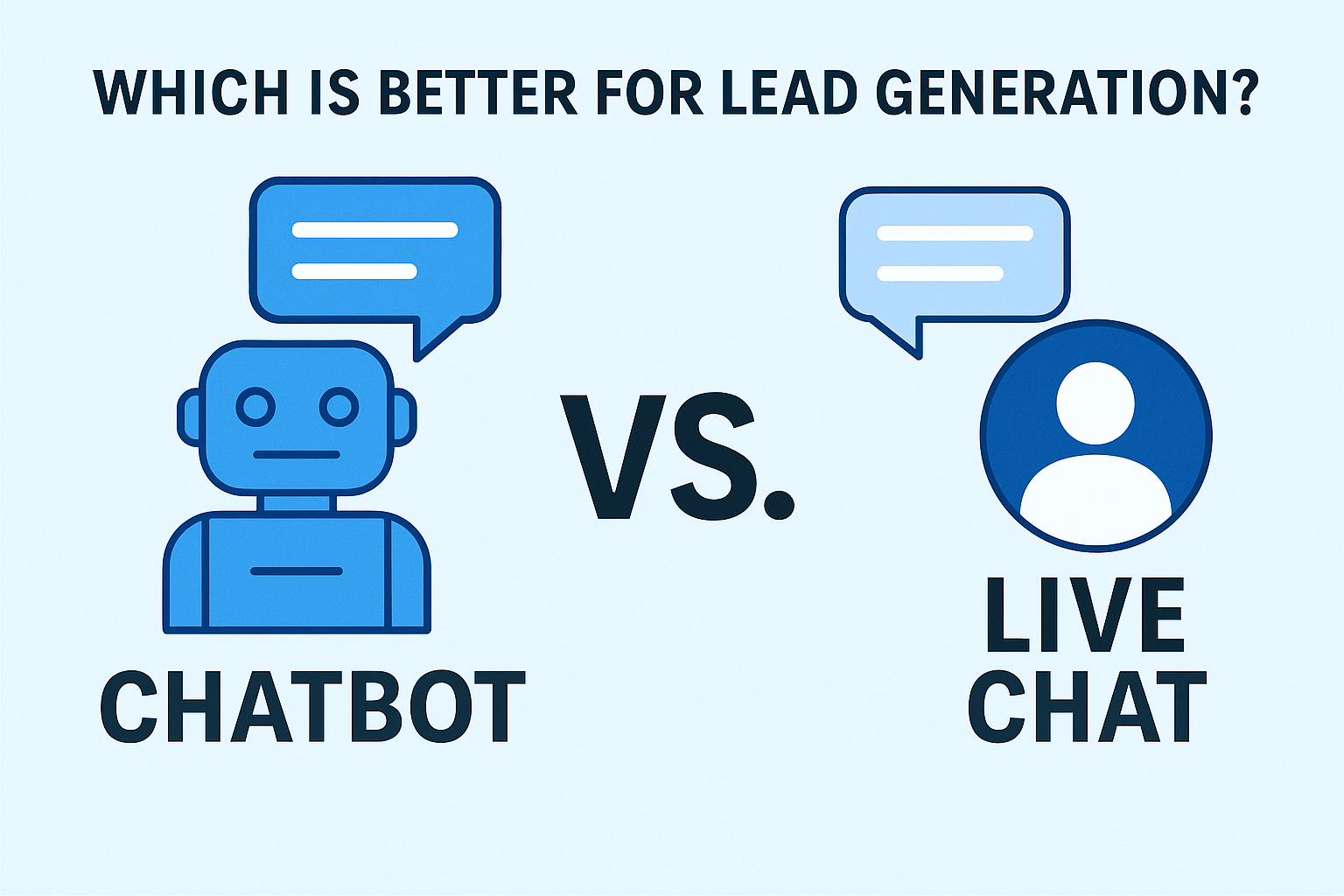Introduction The Missed Opportunity in Every Conversation
A support manager once reviewed thousands of customer chats, hoping to uncover why satisfaction scores were dipping. Agents were polite, quick, and knowledgeable yet customers quietly drifted away. What she discovered was striking: the real problem wasn’t how her team responded, but what they couldn’t see.
Buried in chat transcripts were early signs of frustration, hesitant phrases, negative sentiment shifts, recurring “follow-ups.” These weren’t tickets; they were predictors.
That’s when she turned to AI-powered insights, a technology capable of reading between the lines—analyzing tone, emotion, and behavior to help humans engage better.
This story is no longer unique. Across industries, businesses are learning that AI doesn’t replace human connection it amplifies it. And when applied thoughtfully, it transforms how brands listen, respond, and build loyalty.
1️⃣ From Reactive to Predictive: The Evolution of Customer Engagement
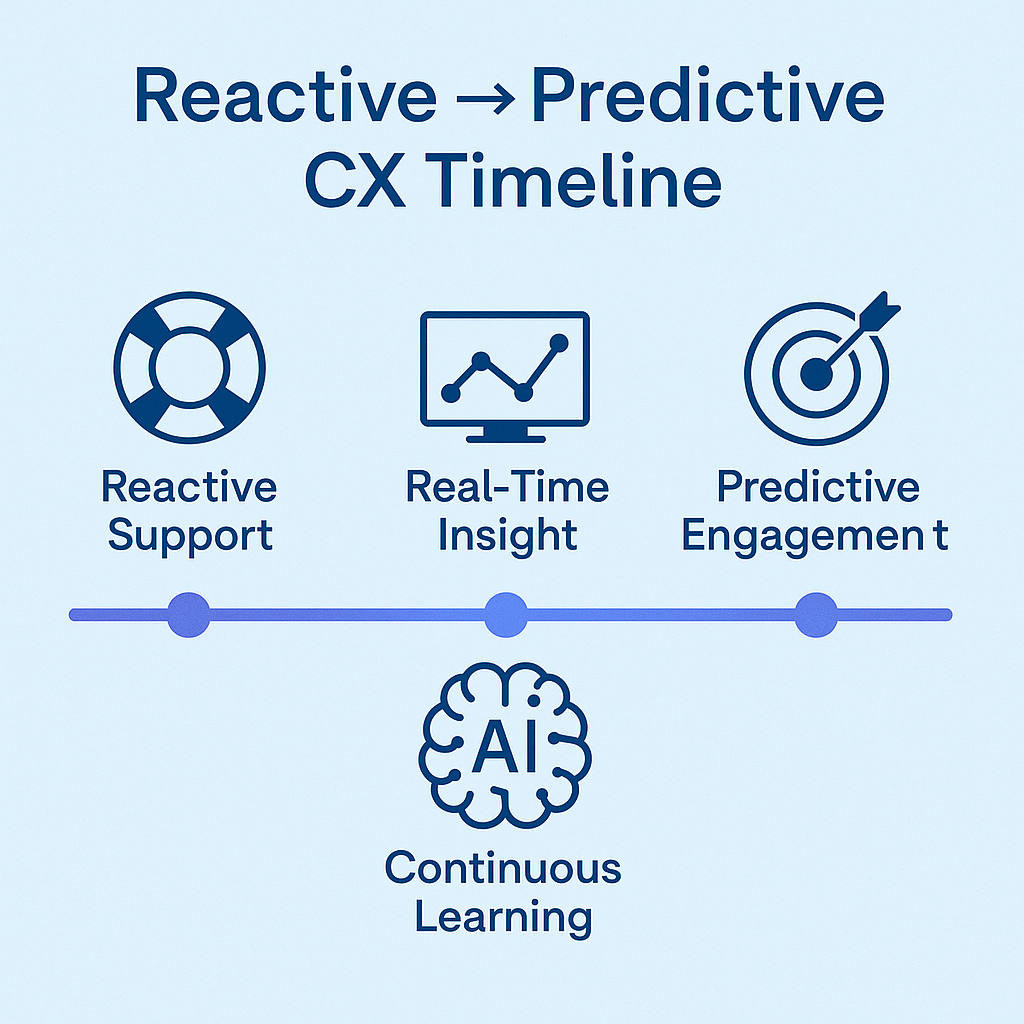
For decades, customer support was reactive. Teams waited for a complaint to appear before acting. But in today’s fast-moving world, this approach feels outdated—and expensive.
AI insights flip the model. Instead of responding after an issue arises, they identify subtle warning signs before it becomes a problem.
Consider this:
“When a customer’s tone changes from neutral to uncertain, that’s a digital frown.”
– CX Director, SaaS company using Advancelytics
In one pilot study, the company’s AI model analyzed 50,000 chat messages and flagged patterns that often led to cancellations. By intervening proactively—sending a follow-up email or scheduling a personalized demo—they reduced churn by 22% in three months.
This isn’t just automation; it’s anticipation. The difference between “How can I help you?” and “I noticed something might not be working—can I check?” is the difference between keeping and losing a customer.
2️⃣ The Data Behind Every “Hello”
Every “hello,” “thank you,” or “not working” hides layers of meaning. AI-powered systems turn these fragments into structured insights.
Here’s how it works:
Insight Delivery: Dashboards highlight what’s driving customer happiness—or frustration—in real time.
Data Capture: AI collects conversations from chat, email, calls, and social messages
Language Understanding: NLP models detect keywords, emotion, and intent.
Behavior Mapping: Machine learning connects these cues to business outcomes (like churn, upsell, or satisfaction).
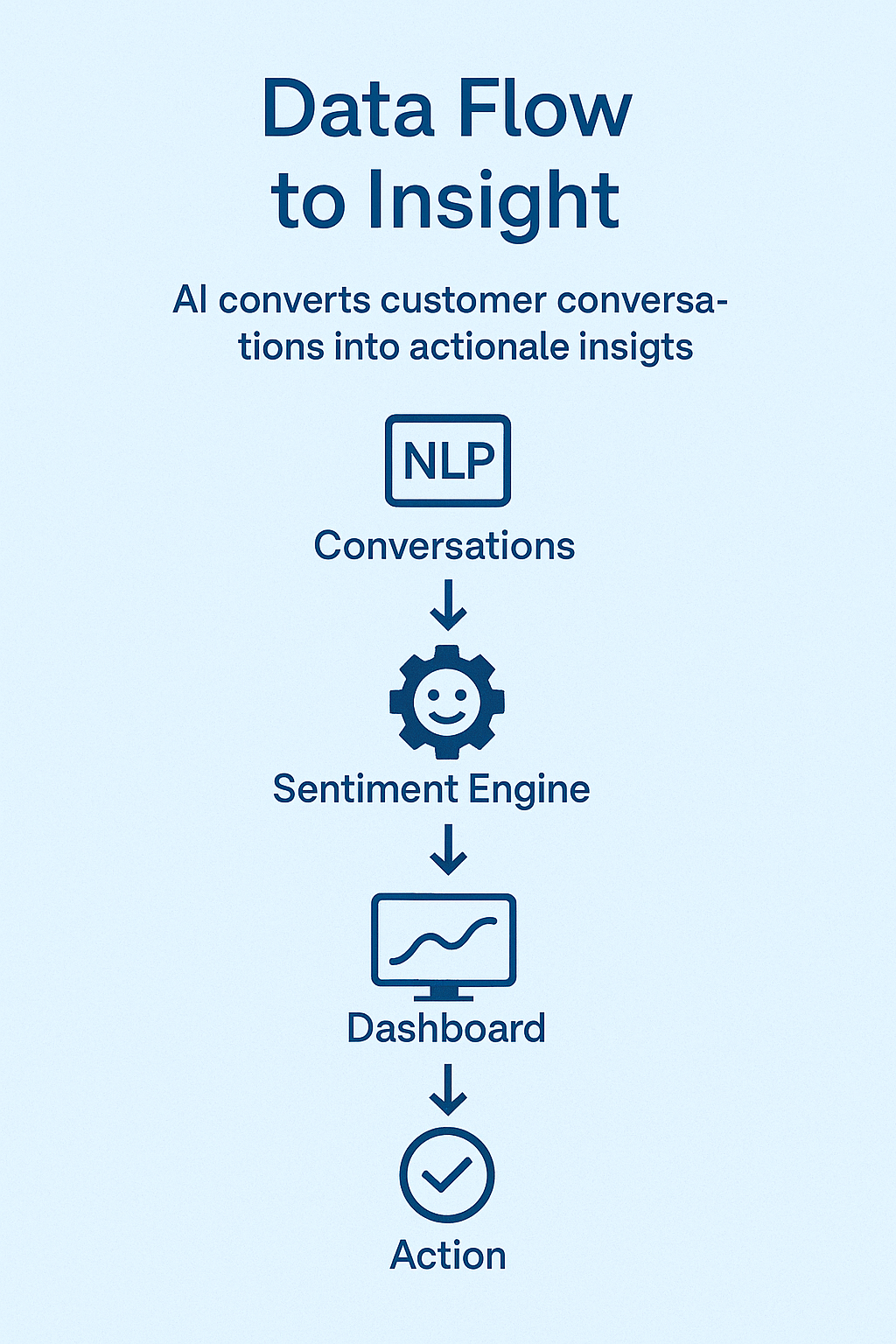
🔍 Statistic (McKinsey 2025):
Companies that use AI to interpret customer interactions report a 15–20% rise in satisfaction and a 10–30% cost reduction from operational efficiencies.
In simpler terms: listening smarter pays off.
3️⃣ A Day in the Life: From Chat Chaos to Clarity
Let’s return to our support manager—call her Aisha.
Before AI, her daily report looked like a wall of text: transcripts, timestamps, unresolved tags. It took hours to piece together trends.
After implementing AI-powered insights, her dashboard spoke a different language—clarity.
Aisha could instantly see:
- Rising sentiment dips around refund policies.
- Agents struggling with “setup” queries.
- 18% of interactions containing repeat phrases like “as I mentioned earlier…”—a subtle frustration cue.
She acted fast. Updated macros. Trained agents on tone calibration. Adjusted refund FAQ copy. Within two weeks, CSAT rose from 4.1 to 4.6.
“AI didn’t just analyze—it told us a story we weren’t hearing before.”
– Aisha, CX Manager
That’s the beauty of insight: when data starts talking like a customer, leaders start listening differently.
4️⃣ Personalization at Scale — AI That Knows When to Speak (and When to Listen)
One of the most powerful applications of AI insights is contextual personalization—understanding not only what the customer says but why they say it.
Imagine this scenario:
- A returning shopper visits your website three times in a week, browsing the same product.
- AI detects high intent and prompts a chatbot to offer a limited-time discount.
- The same AI recognizes a first-time visitor asking broad questions and instead shares a beginner’s guide.
Both customers feel seen.
Neither feels sold to.
This isn’t intuition—it’s machine-learned empathy.
Case Example:
A lifestyle brand used an AI insight engine that merged behavior analytics with sentiment scoring. The chatbot adjusted its tone dynamically—friendly and casual for loyal customers, informative and structured for new visitors. The result?
➡️ 38% higher conversion rate and 41% drop in first-response time.
That’s personalization that feels human, not robotic.
5️⃣ Measuring What Truly Matters: The Insight Metrics Dashboard
Modern AI insight platforms don’t stop at “number of chats handled.” They redefine what success looks like in customer interactions.
Here are the five KPIs that matter most in the AI era:
| Metric | Meaning | Why It Matters |
|---|---|---|
| CSAT Trend | Tracks satisfaction shifts after each interaction. | Reveals the emotional health of your customer base. |
| Sentiment Index | Quantifies tone positivity/negativity. | Early warning for churn or loyalty signals. |
| Response Accuracy | Measures factual precision in agent or bot replies. | Ensures consistency and trust. |
| Proactive Assistance Rate | How often the agent/bot helped before being asked. | Strong predictor of brand advocacy. |
| Repeat Inquiry Ratio | Tracks recurring issues by topic. | Highlights knowledge gaps and training needs. |
Research (Gartner):
Brands using AI to analyze customer sentiment can improve NPS by 25 points within a year.
When these insights feed into training, scripts, and automation, your support system stops being reactive—it becomes self-improving.
6️⃣ The Human + AI Partnership
AI insights are not designed to replace human empathy—they’re designed to enhance it.
In the same way a pilot trusts radar to see through clouds, support agents can trust AI to surface patterns invisible to the naked eye.
“AI gives us vision; empathy gives us direction.”
– CX Thought Leader, 2025
The future of customer engagement lies in this partnership:
- AI reads between the lines.
- Humans read the emotion behind them.
When both align, every conversation becomes a learning loop—data informs tone, tone informs loyalty, loyalty informs growth.
7️⃣ Implementing AI-Powered Insights: A Step-by-Step Roadmap
If you’re ready to turn conversations into conversion catalysts, here’s how to begin:
- Centralize Your Data:
Connect chat, CRM, survey, and call logs into one unified platform. - Choose the Right AI Engine:
Look for tools that combine NLP, sentiment analysis, and predictive modeling. - Define Success Metrics Early:
Don’t measure just response time; track emotional tone, clarity, and follow-through. - Train and Align Your Team:
Use AI dashboards to coach agents on clarity, tone, and proactive engagement. - Close the Feedback Loop:
Feed insights from conversations into product design, marketing, and strategy. - Monitor, Iterate, and Improve:
AI models grow sharper with feedback—make insight adoption a habit, not a one-time setup.
8️⃣ The Future of AI-Driven Customer Experience
The next wave of CX isn’t about faster replies—it’s about smarter empathy.
In the coming years:
- AI will predict dissatisfaction before it’s expressed.
- Agents will receive live empathy prompts during conversations.
- CX leaders will view every chat as a micro-experiment, continuously learning from it.
Businesses that embrace this model will stand apart not for how they answer but for how they understand.
Conclusion — Every Conversation Counts
Every chat, email, or call carries more insight than meets the eye. With AI-powered analytics, brands no longer have to guess what customers feel—they can know it, measure it, and act on it.
Aisha’s story is now the blueprint for every modern support leader: use data to see beyond the message, and use empathy to act on it.
In the end, optimization isn’t about technology; it’s about listening intelligently.
Ready to turn your customer conversations into competitive advantage?
Explore how Advancelytics helps teams visualize, measure, and improve every interaction—powered by AI insights built for humans.
💬 Frequently Asked Questions (SparkAgentAI)
1️⃣ What makes SparkAgentAI different from other AI chatbots?
SparkAgentAI isn’t just a chatbot—it’s an AI insight engine built for conversion and retention.
While most bots respond, SparkAgentAI learns from every visitor interaction, detects sentiment, and refines future conversations.
Its key differentiator is proactive engagement: it identifies visitor intent, offers relevant answers instantly, and captures leads before they leave your page.
2️⃣ How does SparkAgentAI use AI-powered insights?
SparkAgentAI continuously analyzes chat patterns, response tone, and visitor behavior using Natural Language Processing (NLP) and sentiment modeling.
This allows it to predict visitor needs, surface the right content, and guide users toward actions like booking, purchasing, or signing up—all in real time.
Its insights also feed into your dashboard, revealing top queries, engagement drop-offs, and conversation quality trends.
3️⃣ Can SparkAgentAI help reduce customer support workload?
Absolutely.
By resolving up to 70% of repetitive queries, SparkAgentAI allows human agents to focus on complex issues that truly need empathy and context.
Every chat it handles is categorized, summarized, and turned into a report, helping support teams improve FAQs, workflows, and training.
4️⃣ Does SparkAgentAI work across industries?
Yes. SparkAgentAI is built to adapt.
Whether you run an e-commerce store, SaaS platform, education service, or healthcare brand, the AI engine tailors tone, flow, and responses to match your audience and goals.
You can define personas—like Sales Bot, Support Assistant, or Product Expert—to align responses with your brand voice.
5️⃣ What insights does the SparkAgentAI dashboard provide?
The dashboard gives you a 360° view of every conversation:
- Sentiment trends over time
- Conversion and engagement analytics
- Customer intent distribution
- Missed opportunity reports
- Lead quality scoring
These insights help you optimize not just your chatbot—but your entire CX and marketing strategy.
6️⃣ Can SparkAgentAI integrate with my website or CRM?
Yes. SparkAgentAI integrates seamlessly with most CMS, CRM, and marketing platforms.
You can embed it on your site in minutes and sync leads automatically to your CRM for follow-ups or campaigns.
7️⃣ How can I get started with SparkAgentAI?
It’s simple:
- Sign up on sparkagentai.com
- Upload your knowledge base or website content
- Train your AI agent (Sales, Support, or Q&A)
- Go live in minutes and start capturing insights instantly

